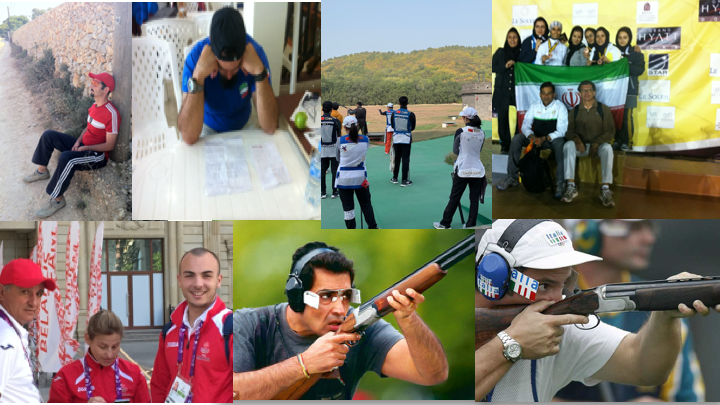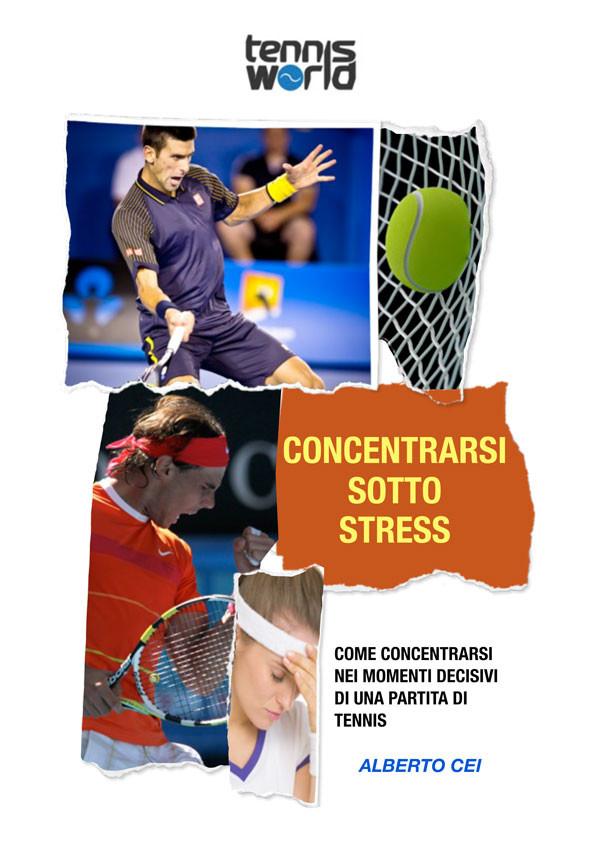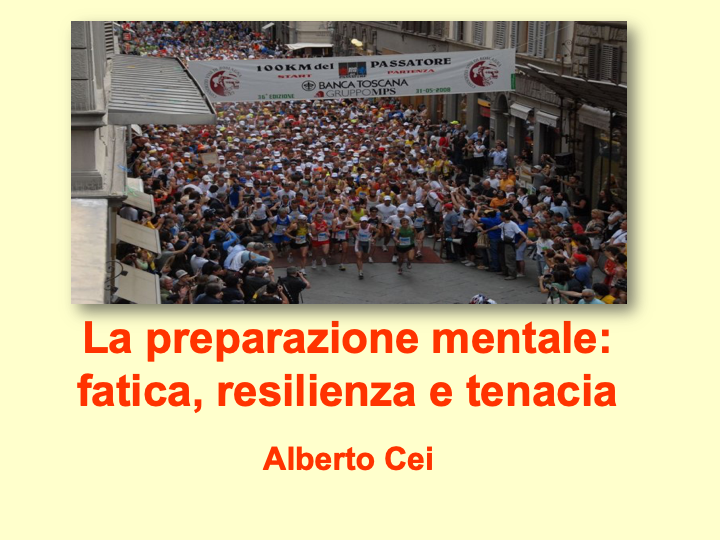I cattolici, i comunisti e il calcio in Italia (1943-anni settanta)
Fabien Archambault
Le Monnier, 2022, p. 420, euro 29
This book delves into the role of soccer in the Italian political struggle from the post-war period to the 1970s, and also highlights the role of Uisp in that historical phase. One of the hypotheses it proposes is that the link between the football sphere and the political sphere is at the origin of the rise of soccer in Italian mass culture, in place of cycling. In fact, the history of this sport clarifies the strategies of political framing, social rootedness and consensus building carried out by the Church, the Christian Democrats and the Communist Party, from the fall of Fascism until the end of the 1970s. In fact, soccer represented one of the significant dimensions of the clash between Catholics on one side and the Communist and Socialist left on the other. Both political alignments used the forms of associative sociality tied to the soccer movement to promote their own projects.
Sergio Giuntini, sports historian, appreciated the book, in particular for its contribution to critical reflection on the evolution of the sports phenomenon in Italy. We propose his review of the text.
“On the Uisp history, and in particular on its genetic phases and on the years between the 60s and 70s of the so-called ” alternative” turning point, there is a reasonable literature. To enrich it, we would like to mention the recent, excellent work “Il controllo del pallone. I cattolici, i comunisti e il calcio in Italia (1943-anni Settanta)” by Frenchman Fabien Archambault, associate professor of Contemporary History at the University of Paris 1 Panthéon-Sorbonne. The basic thesis put forward by Archambault in his book is as follows: the development of Italian soccer, in the second post-war period, when it progressively became the most popular sport in the country to the detriment of cycling, depended on its rather close ties with the political sphere. On the one hand, it was used by the Church, the Christian Democrats, Luigi Gedda’s Italian Sports Center, and on the other by the Italian Communist Party, Enrico Berlinguer’s Youth Front, and Uisp, for their own strategies of social settlement and political framing of the masses aimed at gaining consensus.
From this point of view, the clash between these two fronts regarding football, and it is not by chance that the essay opens with a tasty football brawl between Don Camillo and Peppone taken from the works of Giovanni Guareschi, was very hard, with no holds barred, initially prevailing over the Catholic-moderate one perched around the widespread network of oratories and parishes. However, Uisp tried to react to this hegemony of “oratorical soccer”, and Archambault’s book offers some emblematic examples, especially in the second chapter: “Popular Football” (pp. 71-118). That is to say, in that difficult post-war season marked by the epochal defeat of April 18, 1948, the Union strove to outline its own specific football ideology and, within such an elaboration, to establish a problematic relationship between amateur and professional soccer. Nevertheless, Archambault’s text offers an enlightening overview of the many political and administrative sabotages suffered by the Uisp in that period: from police reports to the prefectures, which portrayed it as a “secret” organization with insurrectional intentions, to the failed and instrumental concession of the facilities, which were instead granted to parishes and sections of the CSI. One of the reasons why, at that time, the Uisp was forced to focus more on cycling, a sport that does not need playing fields, than on soccer.
This climate of frontal clash will be attenuated with the 60′s, even though they were politically very hot, reaching a greater mutual legitimacy by the two sides. And for this reason, it is necessary to call into question the greater ability of the Uisp, compared to Catholic sports, to understand the profound transformations that were affecting Italian sports and society. In conclusion, this is a book of great importance, supported by an impressive amount of archival documents, that gives a fundamental contribution to the critical reflection on the evolution of the sports phenomenon in Italy and on the internal history of the Uisp”.







